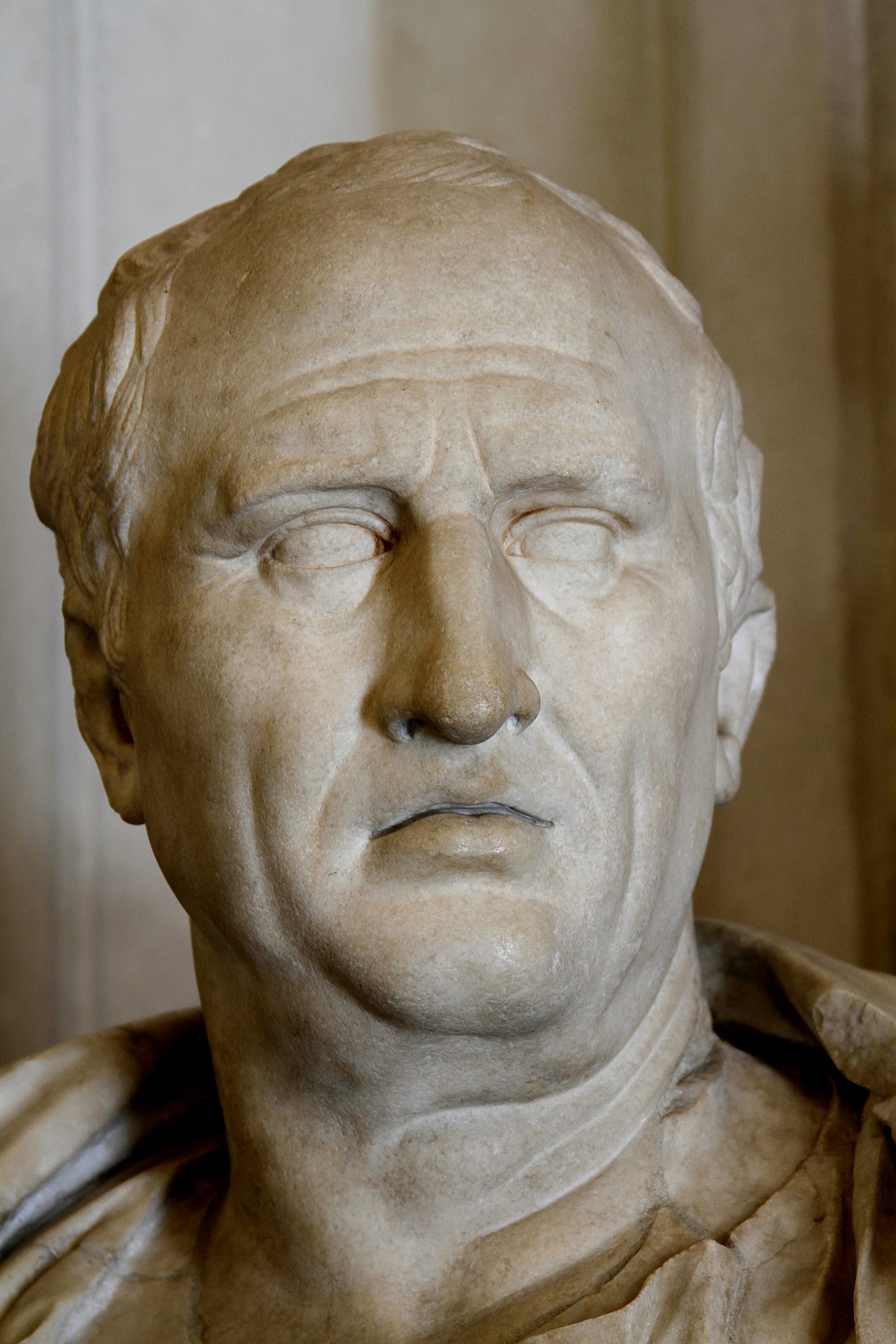Yesterday I headed out to Assiniboine Park with three students from the EAL class I volunteered with during the winter. First we wandered around in the Leo Mol sculpture garden where we had fun mimicking some of the postures of the various naked women statues. The colourful English Garden came next. There, we visited the ‘woman reading’ sculpture near the entranceway and someone offered to take our photo. We thought it appropriate since learning how to read is what has brought us all together in the first place.
These women refugees come from Burundi, Ethiopia and Eritrea and their English skills are still at the Foundation Level. But they enjoy the challenge of recognizing letters and sounds and we had fun trying to read the captions on the various bronze sculptures.
All that expended mental energy required a recharging and so we found a shady, green spot for our picnic. The students preferred sitting on the ground, “African” style, they called it, to sitting at a picnic table and I quite agree that a blanket on the ground works as a perfect tablecloth.
After eating, we tried reading some picture books. These women work hard at reading . . . a skill they never had the chance to acquire, even in their home countries. Later, we played some badminton and threw a Frisbee. We had a hilarious time. . . laughing at ourselves and with each other as we chased birdies and flying discs. . . contorting our bodies into various poses. Leo Mol would be inspired. Life imitating art.
We ended the afternoon with a walk across the footbridge for some coffee and ice cream and finally re-joined the confusion of Winnipeg’s summer construction traffic. Summer had felt less muggy in the park, just like our language barriers were less of an issue when we were admiring sculptures and flowers or chasing a badminton birdie.
These women might have a safer life in Canada after living in war zones, but often it’s also lonelier. Language barriers can be quite intimidating—as any traveler knows. I’ll be reminded of that soon enough, when I go on my Baltic trip next month.
 Preparing for this overseas bike trip has a big checklist and I’m adding to it regularly. However, the important things are done. First off, I booked the tour through a very friendly Lithuanian tour company called Baltic Bike Travel.
Preparing for this overseas bike trip has a big checklist and I’m adding to it regularly. However, the important things are done. First off, I booked the tour through a very friendly Lithuanian tour company called Baltic Bike Travel. 


